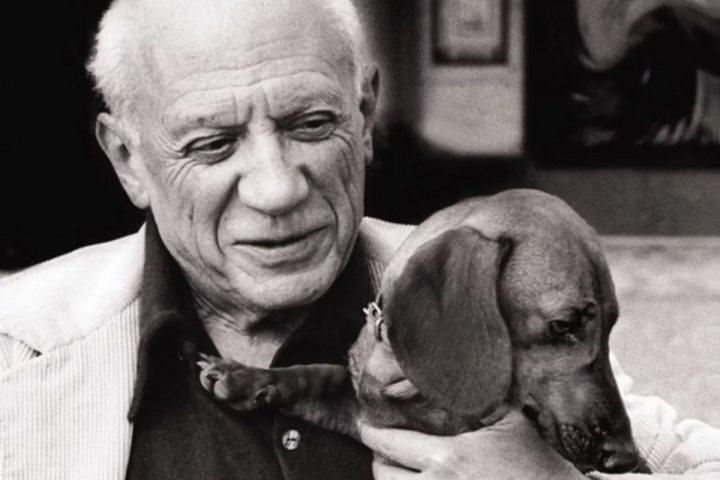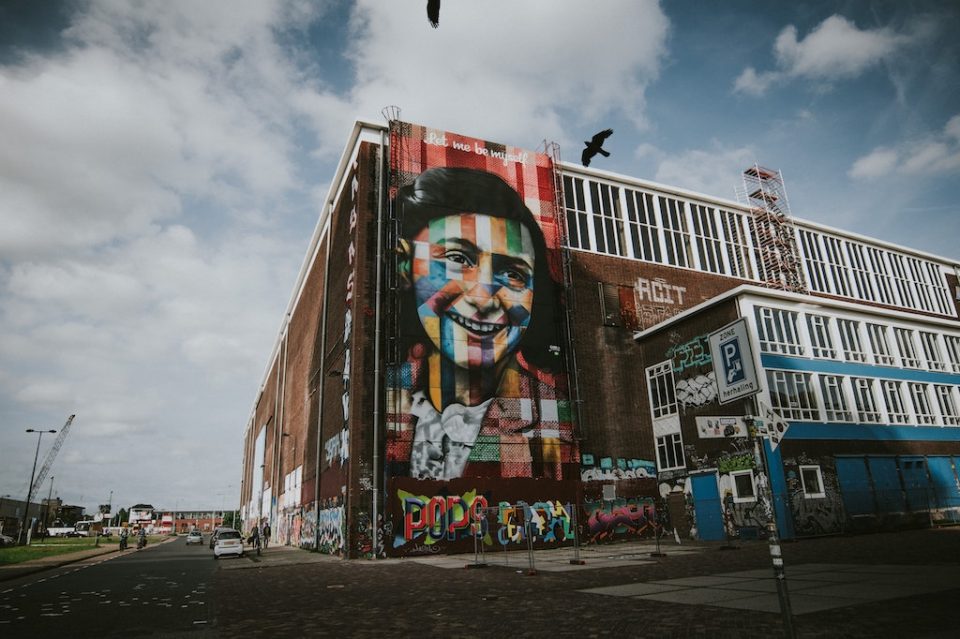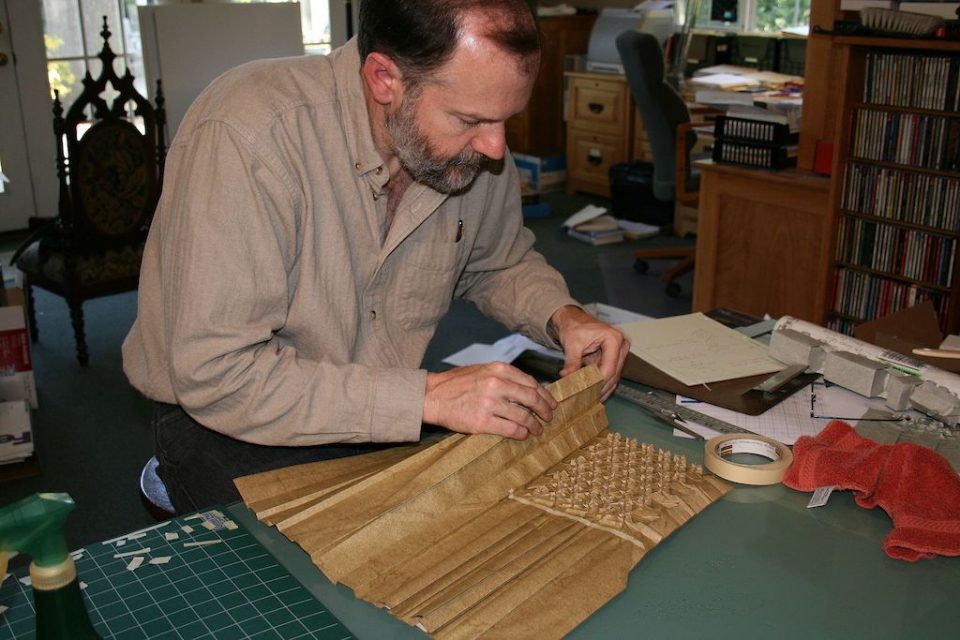Pablo Picasso, a creative genius

Bath your creativity in forest!
October 23, 2019
The biggest challenges require a creative approach to problem solving
October 31, 2019
Few artists have had such an impact on art as Pablo Picasso. Business Optimizer explores the life of one of the most famous figures of the twentieth century.
Pablo Picasso was born in Malaga, Spain, in 1881. By the time of his death in April 1973 at his home in Mougins, France, he had created more than 20,000 works of art – including paintings, drawings, ceramics, sculpture, theatre sets and costumes.
Together with his friend, Georges Braque, Picasso is credited with the creation of Cubism – but his influence on the world of art went far beyond that.
He said, “Whenever I wanted to say something, I said it in the way I believed I should. Different themes inevitably require different methods of expression. This does not imply either evolution or progress; it is a matter of following the idea one wants to express and the way in which one wants to express it.”
Picasso’s early talent was identified by his father, an art teacher and painter. He began receiving formal training in the classical style from his father from the age of seven. In 1891, the family moved to A Coruña in Galicia in north-west Spain, when his father took up a position as professor in the School of Fine Arts. During the four years they spent there, Picasso’s father was humbled by his son’s talent; he felt Picasso had surpassed him as an artist by the age of 13.
Just a year later, in 1895, Picasso’s sister died of diphtheria, and the family moved to Barcelona. His father, working in the city’s School of Fine Arts, persuaded colleagues to allow his son to take the entrance exam. Picasso’s impressive work gained him admittance at the age of just 13 – far earlier than was usual.
By 16, Picasso was in Madrid. He’d earnt a place at the prestigious art school, the Royal Academy of San Fernando. He disliked the formal instruction, and spent much of his time admiring the Goyas and El Grecos at the Prado. But it was here, at the age of sixteen, he painted Science and Charity, a work that was awarded an Honorary Mention at the General Fine Arts Exhibition in Madrid in Spring 1897 and the Gold Medal at the Provincial Exhibition in Malaga held afterwards.
After Picasso received these prizes, Joaquín Martínez de la Vega, a friend of his father and a fellow painter from Malaga, baptised Picasso as “a Painter” using a few drops of champagne.
“When I was a child, my mother said to me ‘if you become a soldier, you’ll be a general; if you become a monk, you’ll end up as the Pope,” Picasso later recalled, “Instead, I because a painter and wound up as Picasso.”
By this time, Picasso was already very critical of the artistic training provided by the San Fernando Academy in Madrid. His style evolved as he was introduced to symbolism. In 1900, he first visited Paris to view a Van Gogh retrospective. He would return a year later for his own one-man show at Galerie Vollard. He moved between France and Spain, but finally settled in Paris in 1904 and would spend most of the rest of his life in France.
During Picasso’s early years in Paris he experienced much poverty – both his own and in the streets around his apartment. This, and the death by suicide of his friend Carlos Casagemas, gave rise to a style of monochromatic paintings and shades of blue and green, known as his “Blue Period” (1901 – 1904).
As he found success – and love with bohemian artist and model Fernande Olivier – Picasso’s painting entered a more optimistic phase, characterised by orange and pink hues and playful circus people. This became known as his “Rose Period” (1904 – 1906). The patronage of American art collectors Leo and Gertrude Stein led to the painting of one of his most famous works – Portrait of Gertrude Stein.
Following a Paul Cezanne retrospective at the Salon d‘Automne in Paris in 1906, Picasso’s work took a new direction. The aesthetics of traditional African sculpture were emerging as a powerful influence on European artists at this time, most notably in the work of Picasso and Matisse. One of the most famous works from this African Influence period (1907 – 1909) is Picasso’s Les Demoiselles d’Avignon, considered a masterpiece. This switch to a flat, two-dimensional plane was a radical departure for European art. The ideas developed during this period led directly to the “Cubist Period” (1909 – 1919) that followed it. Together, Braque and Picasso developed a style which took objects apart and analysed them in terms of shape.
Following a trip to Italy in 1917, Picasso began a period in tribute to neoclassical style that he would later integrate with his modernist concepts to create surrealist masterpieces, such as the ground-breaking Guernica. Inspired by the Nazi bombing of the Basque city, this 1937 painting embodies the despair of war and retains the power to shock some 80 years later.
The brutal and surrealist approach perfectly illustrates Picasso’s idea that “Art is a lie that makes us realise the truth.”
Picasso continued to live in Paris throughout World War II, but moved to the South of France in 1946. Throughout his later life, the artist mixed the many styles he’d embraced throughout his different periods, producing works in his own distinctive style. These works are among the most innovative artworks of the twentieth century and, even in the twenty-first, continue to influence many of the art movements and major artists that followed him.
“Others have seen what it is and asked why. I have seen what it could be and asked why not.”




